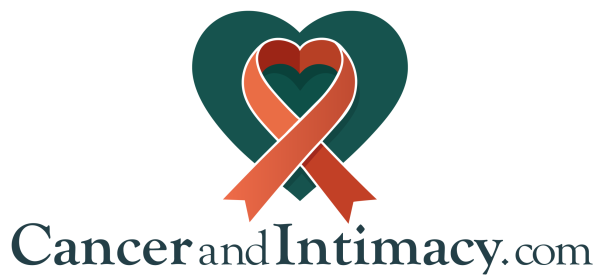The Language of Touch: Relearning What Feels Good
For many people living with or healing from cancer, touch becomes complicated. What once felt familiar, pleasurable, or sensual… might now feel foreign. What once brought closeness… might now bring discomfort. Even your own hand on your own skin might feel uncertain.
This is not a failure. This is your body speaking a new language. And like any language, it can be relearned—with time, tenderness, and translation.
Touch is a language we speak before we learn to talk.
But when your body changes—through surgery, radiation, chemo, pain, or trauma—its dialect may change, too.
What used to feel good might now feel:
- Numb
- Oversensitive
- Irritating
- Confusing
- Or even triggering
- In solitude, through mindful self-touch or soothing rituals
- With a partner, through slow exploration and clear communication
- With a therapist or guide, when trust has been ruptured or needs scaffolding
Wherever you begin, the goal isn’t pleasure or arousal—it’s relationship.
Connection.
A sense of being in your body, not at war with it.
There’s no right way to do this. But here are some gentle starting points:
🪷 1. Start with Neutral Touch
- Explore touch that is neither erotic nor medical. Think:
A warm compress on your belly - Your own hands on your arms or face
- Soft fabrics, warm baths, or soothing lotions
- Let this be a baseline—where sensation isn’t pressured to perform.
🪷 2. Create a Touch Map
Take 10 minutes to map out your body:
- Green zones: Areas that feel good or safe to touch
- Yellow zones: Areas that feel uncertain or variable
- Red zones: Areas that feel painful, numb, or off-limits
- You can do this mentally, on paper, or with a partner’s help.
- This isn’t static. Your map can change daily. That’s okay.
🪷 3. Try Different Kinds of Touch
- Experiment with:
Pressure: Light brushing vs. firm pressure - Temperature: Warm hands vs. cool stones
- Rhythm: Long strokes vs. still touch
- Texture: Silk, cotton, rough towels, natural brushes
Notice what soothes, what awakens, what overwhelms.
If you’re exploring touch with a partner:
Communicate clearly and often
Use phrases like:
- “This feels good, but only for a little while.”
- “I’m not sure how I feel yet—can we stay with this and see?”
- “I’m a yes to your closeness, but not to sexual touch tonight.”
Try practices like:
- Hand-to-heart touch
- Lying side by side without expectation
- Mirroring each other’s movements
- The Three-Minute Game from the Wheel of Consent
Slowness isn’t a limitation—it’s a portal.
It allows safety, and through safety, pleasure can re-emerge.
If you haven’t wanted to be touched in a long time…
If you still don’t know what feels good…
If you’ve been avoiding your body altogether…
You’re not doing it wrong.
You’re responding wisely to an experience that asked too much of you.
Now, you get to choose how to re-enter the realm of intimacy—on your terms, in your time.
There is no gold star for “getting it back.”
There is only the invitation to be with your body as it is now—and ask, what would feel kind and pleasant today?
- If I listened to my body as a trusted friend, what would it be trying to tell me about touch?
- What feels like a maybe? What feels like a no? What feels like a quiet yes?
Sign up for the Cancer and Intimacy newsletter for more reflections, tools, and guided exercises to help you reconnect with your body, pleasure, and safety.
And check out our Cancer and Intimacy Starter Kit—providing you (and your partner, if you have one) resources to relearn pleasure and re engage your body with gentleness, creativity, and care.
Subscribe to our Newsletter
Thoughtful insights, honest reflections, and intimacy resources—for people navigating cancer, relationships, and real life. Sign up for our newsletter here.
